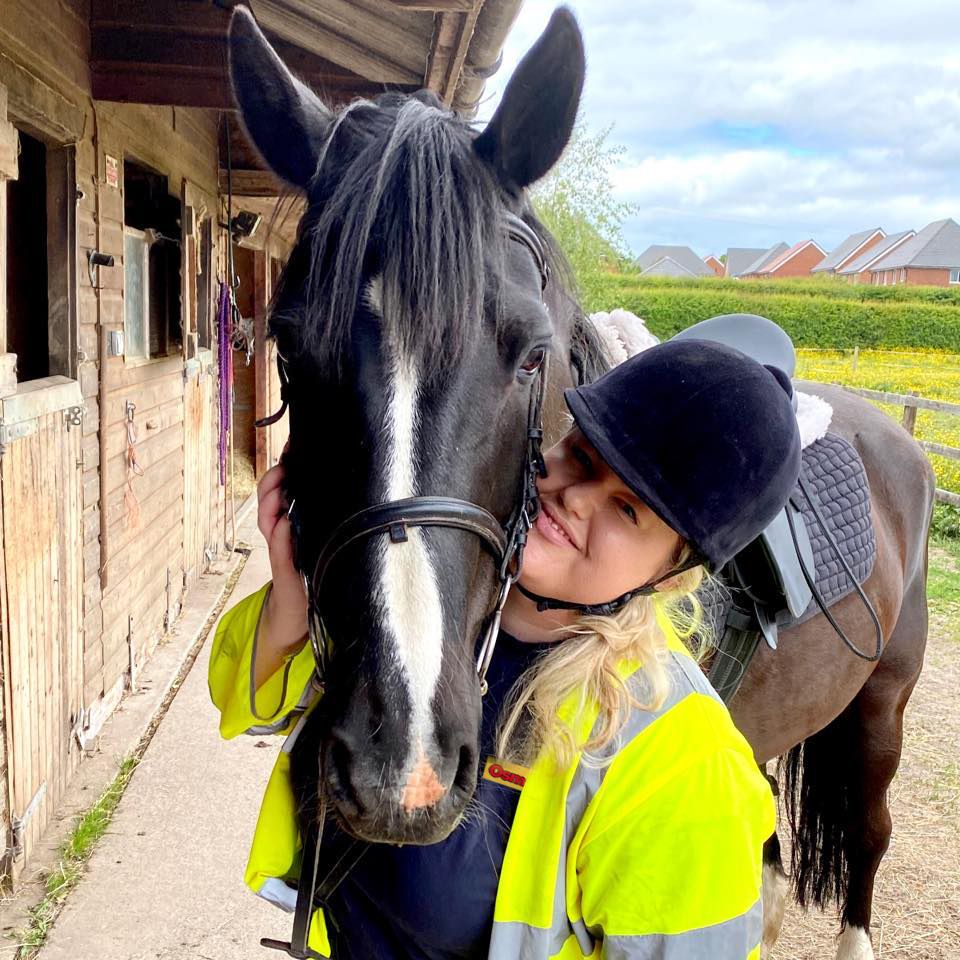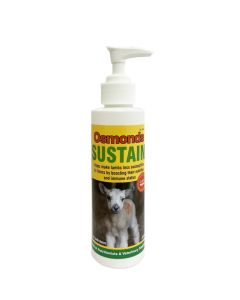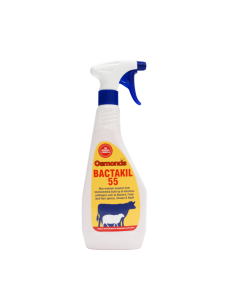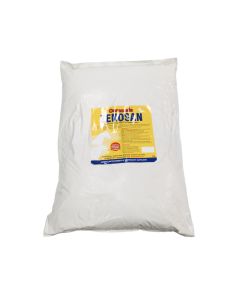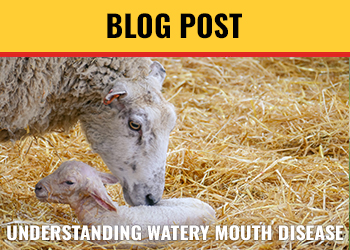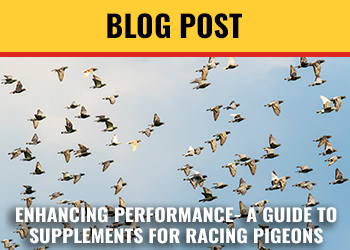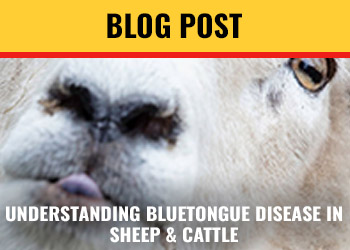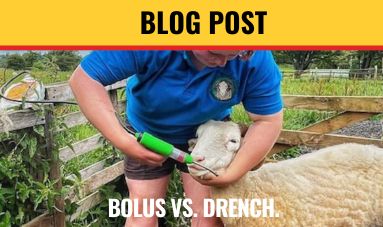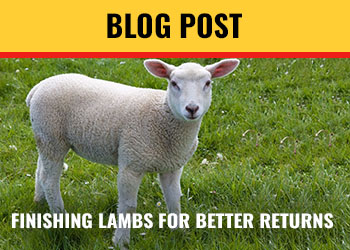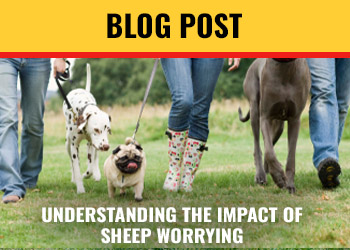ORF & RINGWORM IN LIVESTOCK
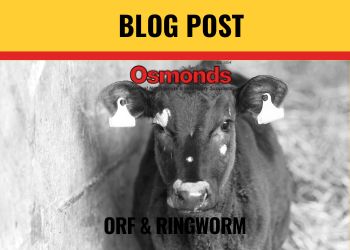
What is Orf?
Orf is a virus belonging to the Para Poxvirus group, that in most cases, causes infection in sheep & goats, but can also be passed on to humans.
Also commonly known as ‘sore mouth’ & ‘scabby mouth’, infected livestock generally develop a series of painful, blistering crusty/scabby lesions that appear around the animals’ lips, mouth & muzzle.
Nursing ewes may also develop these sores around their legs & udders – this is usually a sure sign that their young have been exposed to the virus. Any cuts, scrapes & scratches harbour the infection, meaning that it can spread rapidly amongst the flock through direct contact with an infected animal. Those with a lower immune system are also particularly susceptible, such as older stock & cade lambs.
Orf can also be passed to humans, presenting itself on the hands as sometimes one or more painful, itchy red lumps. The Incubation period of Orf is 3 – 5 days from the time of exposure to physical signs of infection.
How Can I Prevent Orf?
As Orf lives in the environment, prevention can be extremely difficult, however, there are a few steps you can take to minimise the risks.
- Always wash your hands after touching animals.
- Administer a live Orf vaccine (although protection will not last long, the severity, if caught, is usually much less).
- Keep lambing sheds as clean as possible, using a good disinfectant, such as Osmonds Zenosan, a dry disinfectant powder, that helps to minimise the activity of disease-causing micro-organisms, which can help to reduce the challenge to livestock from bacteria, viruses, fungi and moulds.
- Use dressings to cover any cuts or scratches.
- Help boost the animal's immune status by feeding a good quality colostrum supplement or booster, such as Osmonds Sustain.
What is Ringworm?
Ringworm is an extremely common & infectious fungal infection of the skin caused by Fungi Trichophyton Verrucosum spores. The infection presents itself as thickened grey, rough, & in many cases, loosely circular, bald areas on the skin of livestock, but is most commonly seen in cattle. Affected parts can be anywhere on the body, however, the face & shoulders are frequently afflicted areas.
Controlling Ringworm is vital as it has been found to affect growth rates in animals, damage/scare the hide & also cause irritation.
Just like Orf, Ringworm can be passed to humans.
How Can I Prevent Ringworm?
- Vaccinate
- Keep housing clean & disinfected.
- Washing hands after handling livestock.
- Quarantine any animals bought-in for a minimum of 2 weeks.
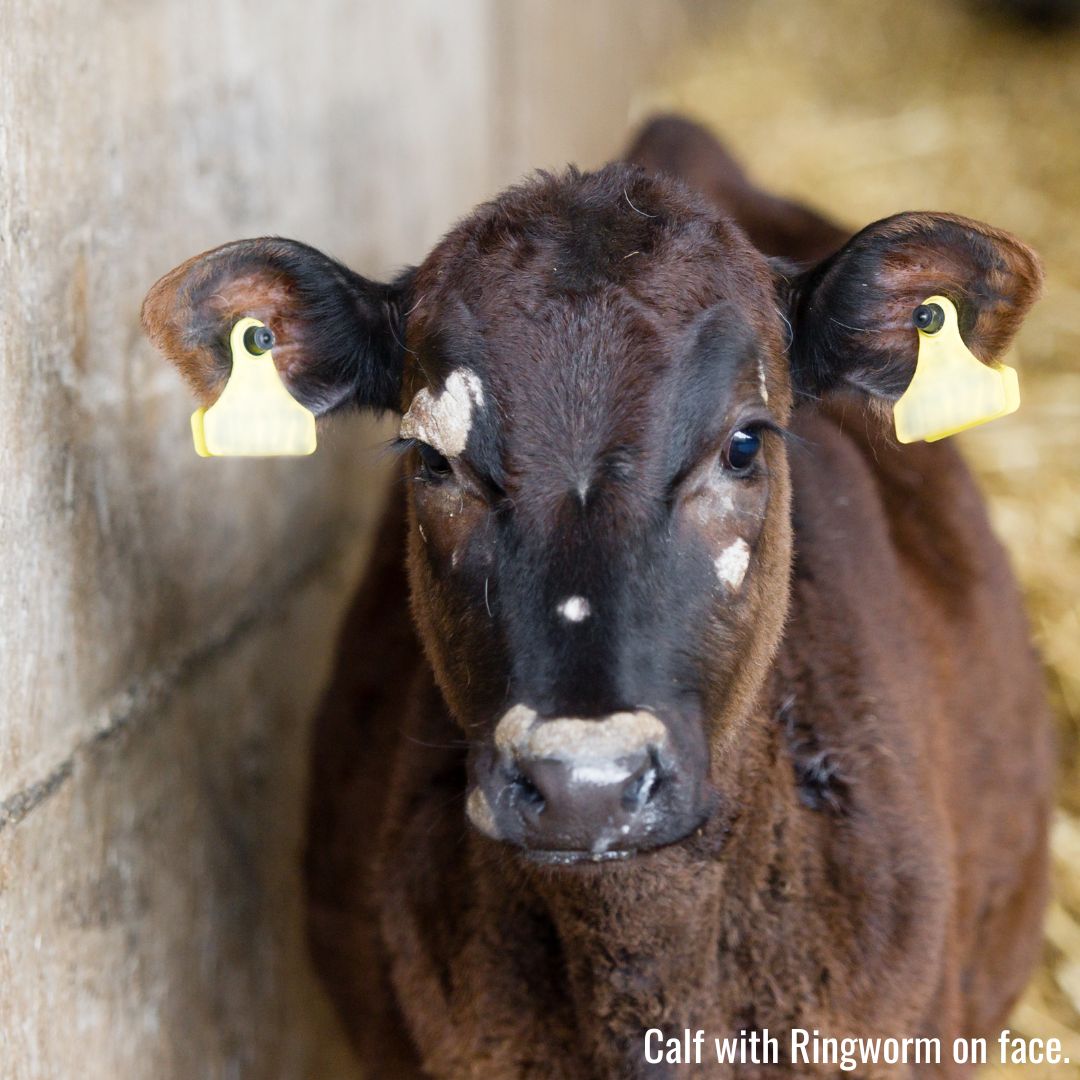
If you experience an outbreak of Orf or Ringworm amongst your livestock, try Osmonds Bactakil 55, Osmonds bestselling product - used by generations of farmers & an essential for anyone with livestock. Contains a unique combination of broad-spectrum biocides that work to help to maintain freedom from bacteria, fungi and algae and their associated problems.
Osmonds Bactakil 55 can be sprayed directly or sprayed on a clean cloth & dabbed if the problem is on the face, taking special care around sensitive areas such as the eyes & mouth. Never apply Osmonds Bactakil 55 to the udders of a nursing animal to prevent ingestion by young livestock.
Use once every 7-10 days and always trial on a small area of the animal first.
If you have any questions or queries, please feel free to call our office on 01948 668100, email to [email protected] or click here to visit our website to see our full range of health & nutritional products for your livestock.


